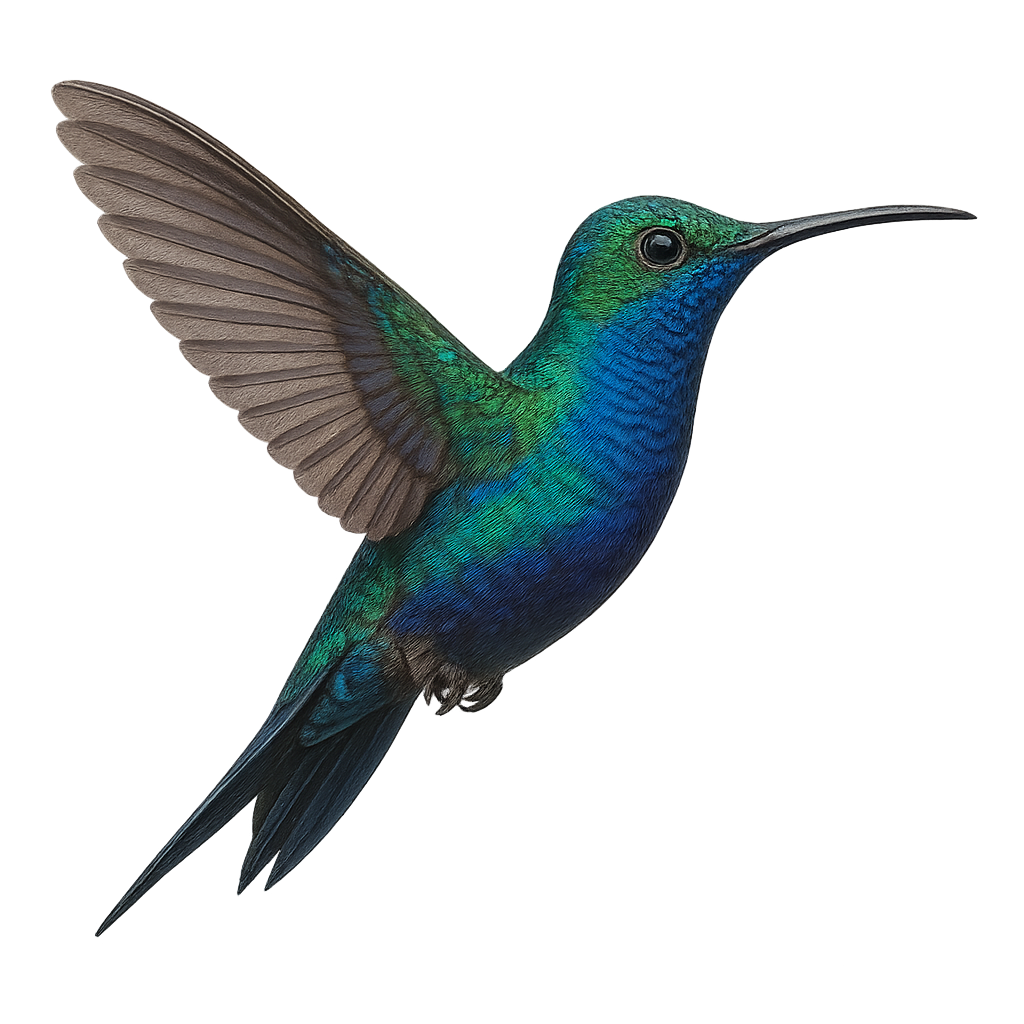Your wildlife photography guide.
Explore the fork-tailed woodnymph in detail, study its behavior, prepare your shots.
Where to observe and photograph the fork-tailed woodnymph in the wild
Learn where and when to spot the fork-tailed woodnymph in the wild, how to identify the species based on distinctive features, and what natural environments it inhabits. The WildlifePhotographer app offers tailored photography tips that reflect the fork-tailed woodnymph’s behavior, helping you capture better wildlife images. Explore the full species profile for key information including description, habitat, active periods, and approach techniques.
Fork-tailed Woodnymph
Scientific name: Thalurania furcata

IUCN Status: Least Concern
Family: TROCHILIDAE
Group: Birds
Sensitivity to human approach: Suspicious
Minimum approach distance: 5 m
Courtship display: December to February
Incubation: 15-17 jours
Hatchings: December to March
Habitat:
Tropical forests, dense undergrowth, tropical gardens
Activity period :
Primarily active during the day, with peak activity in the morning and late afternoon.
Identification and description:
The Fork-tailed Woodnymph, or Thalurania furcata, is a captivating bird found in the tropical forests of South America. This small hummingbird is known for its dazzling plumage, featuring metallic green and blue hues. Males display a distinctive forked tail, while females have a more subdued appearance. They primarily feed on nectar, which they extract while hovering from flower to flower, but they also consume small insects to supplement their diet. Their fast and agile flight allows them to maneuver easily among branches and flowers. These birds are often seen in dense undergrowth and tropical gardens, where they play a crucial role in plant pollination.
Recommended lens:
400 mm – adjust based on distance, desired framing (portrait or habitat), and approach conditions.
Photography tips:
To photograph the Fork-tailed Woodnymph, it is advisable to use a 400mm lens or longer to capture precise details from a distance. These birds are often in rapid motion, so a tripod or monopod can be helpful to stabilize the camera. Look for them in tropical gardens or dense undergrowth, where they feed on nectar. Be patient and discreet to avoid scaring them away, and use burst mode to increase your chances of capturing a sharp image.
The WildlifePhotographer App is coming soon!
Be the first to explore the best nature spots, track rutting seasons, log your observations, and observe more wildlife.
Already 1 430 wildlife lovers subscribed worldwide

